Exploring Transpiration Process in Plants with Celery
The kids and I are really enjoying gardening at the moment, watching our seedlings grow and planting out more seeds. As we watch them grow it also gives us a great opportunity to explore plants and look at the science of them. In the past, we’ve looked at how plants drink through colouring flowers and I’ve explained to the kids this is due to transpiration. The water with the food colouring is transported up through the stem however it’s not been easy to see the actual vessels involved. I then remembered a very simple classic science experiment that I had done in my classroom with celery and I set about setting it up with the kids. So here it is an easy experiment to show the plant process transpiration using celery and food colouring.

Materials needed for the Plant Transpiration Experiment
We have included links to the products we recommend. If you purchase via these links we may earn a small commission.
Celery with leaves still on
Water
Glass or glass Jar
Knife
Setting up the Celery Science experiment
In a glass add water and add a few drops of food colouring.
It’s better if it is the none natural sort as the particles tend to be too big to be transported up the stem of the celery and it won’t work. Also the darker or richer the colour the better. We found that blue was the clearest and easiest to see.

Mix well and add in the celery.
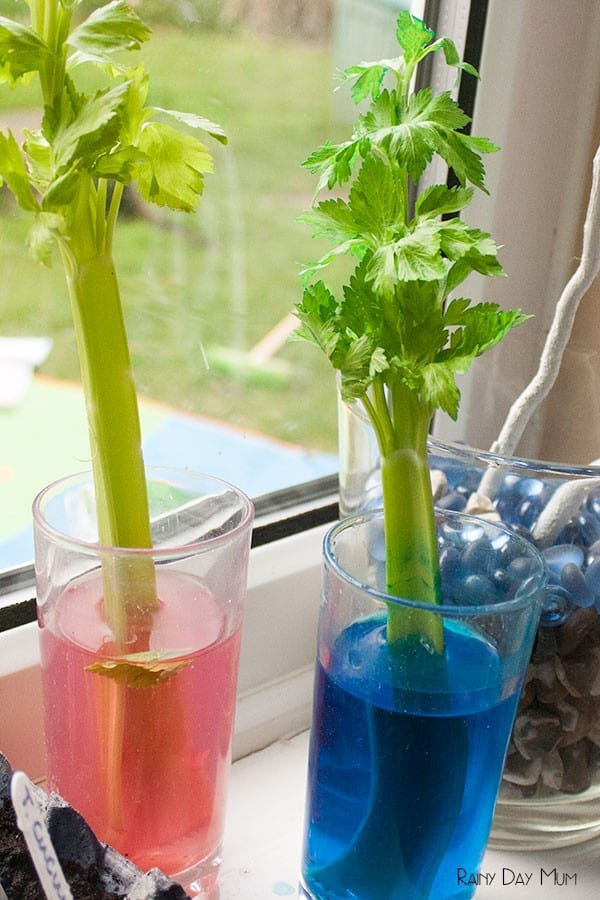
Leave in a window sill and watch the colours appear on the leaf.
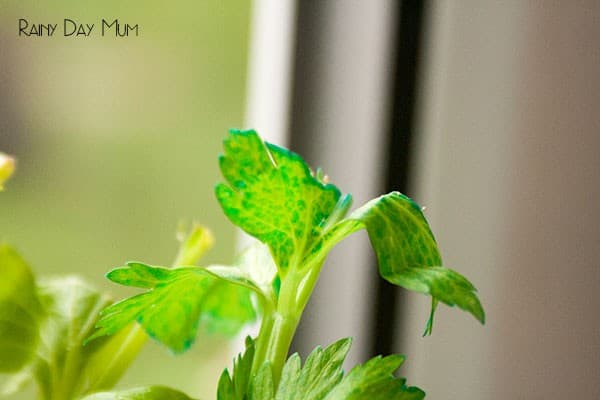
After the colour appears on the leaves. Take the stem out of the water and cut across with a knife. You will be able to see the vessels clearly in the stem.
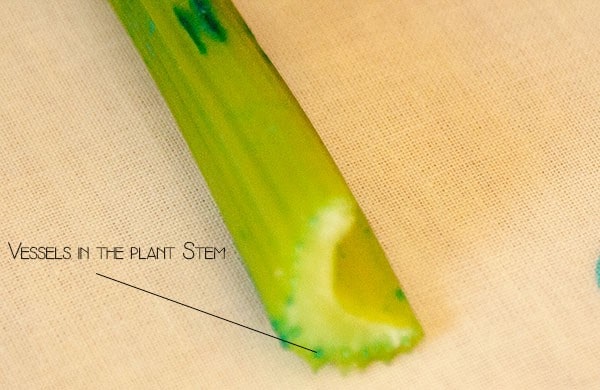
Transpiration Explained
Yes, this is a cool science experiment and the kids loved seeing the colour appear in the leaves. But there is some real science behind it! The experiment shows a process in plants called transpiration.
Transpiration is the transportation of water through the plant. Nutrients that the plant needs are dissolved in the water and taken to the parts of the plant that need them from the roots. Because the food colouring has small particles they can be transported in the water as well and you can see the progress.
The leaves of the plants have small holes on them that are connected to the vessels in the plants. The holes allow water to evaporate out and that forms a suction pressure in the vessels drawing water up through the roots.
The holes on the leave are called Stomata, the vessels that bring the water up through the stem the Xylem and the roots draw the water from the soil.
Try these other Simple Science Experiments with Kids
Chromatography Experiment – Separating Ink
Growing Crystals without Borax
Exploring how colours are made (no mess experiment using light)
Looking at Conservation – why would a Sea Turtle eat a Plastic Bag!
Seeing how roots grow with beans in a jar experiment
Testing Materials – what makes balls bounce
Energy transfer with a cotton reel car
Viewing the Constellations – with a show box viewer
Cerys Parker
Cerys is a marine biologist, environmental educator, teacher, mum, and home educator from the UK. She loves getting creative, whether it is with simple and easy crafts and ideas, activities to make learning fun, or delicious recipes that you and your kids can cook together you'll find them all shared here on Rainy Day Mum.


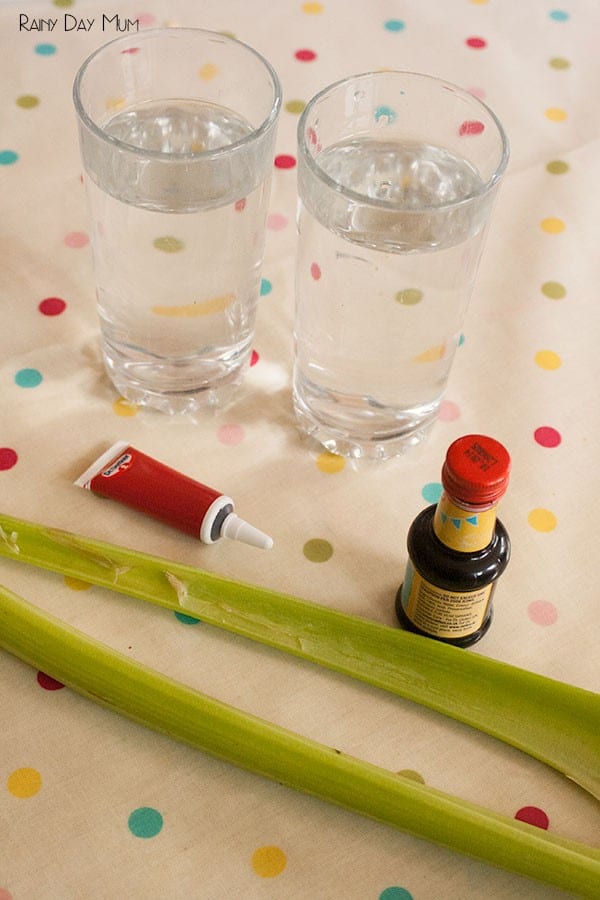


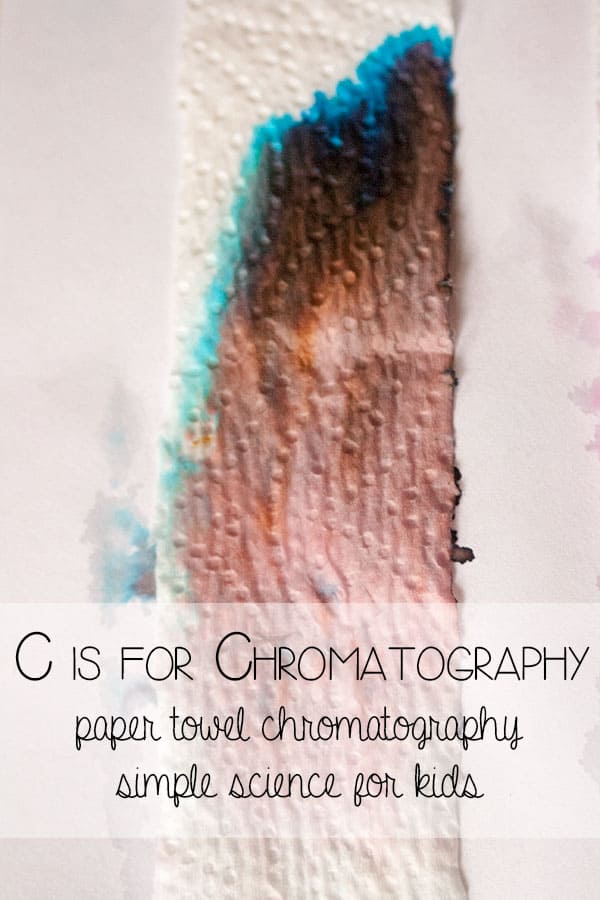
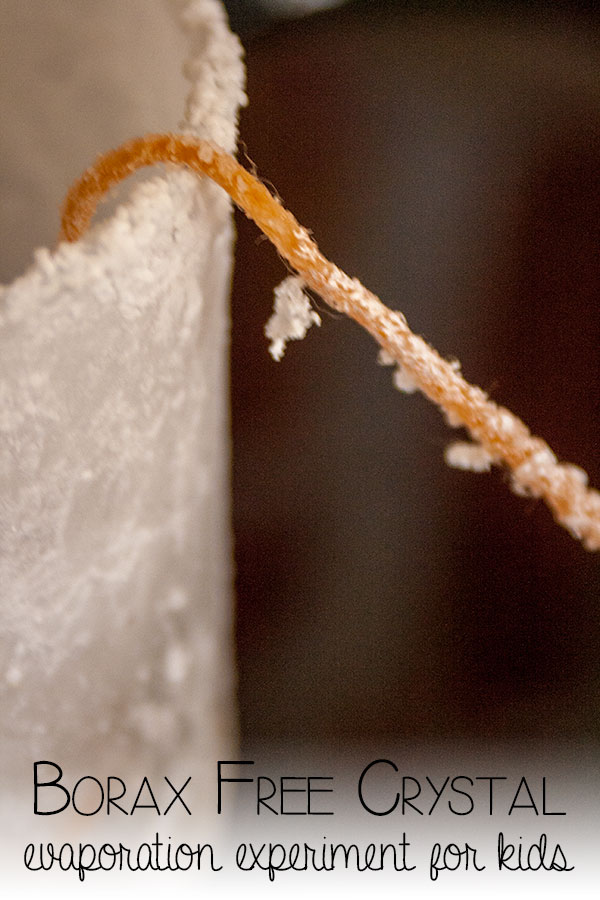
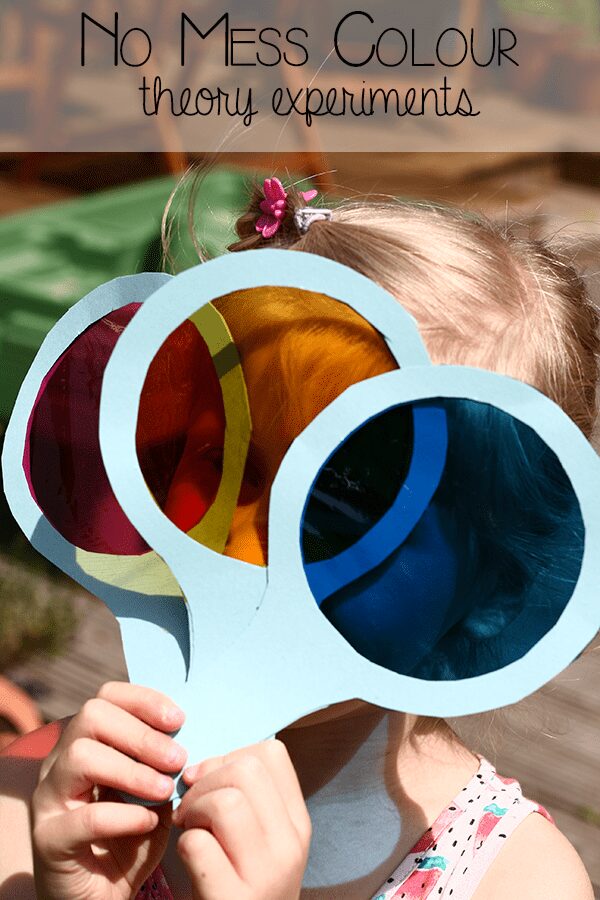




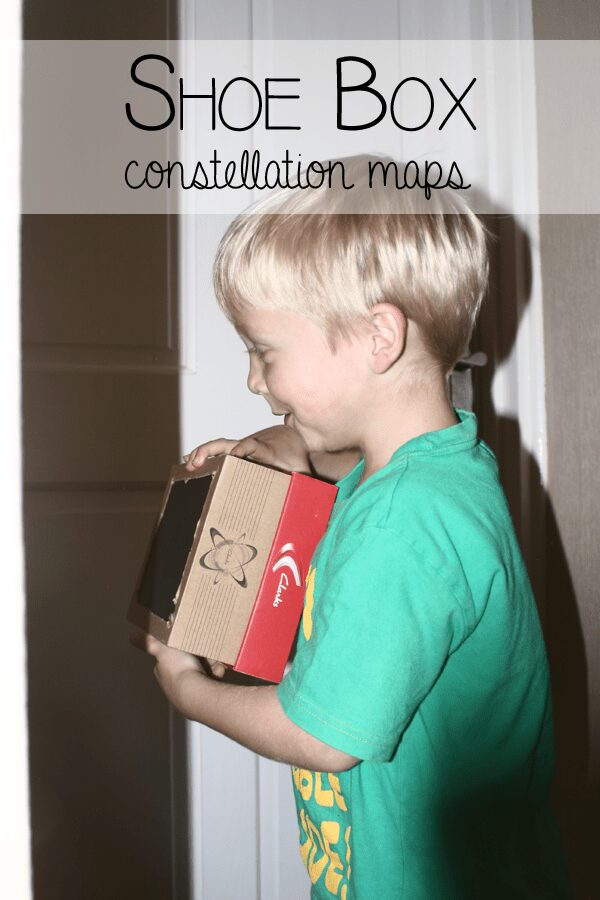
Contenu pertinent et précis sont les mots d’ordres de ce post